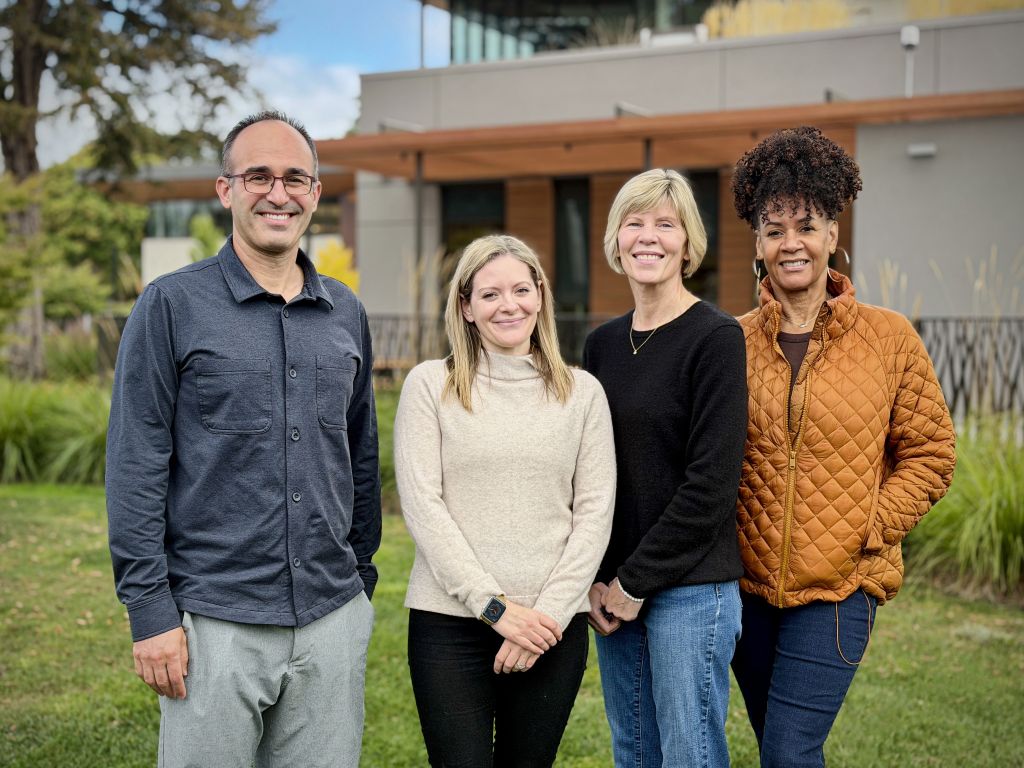Belmont
Belmont Country Club
Belmont Country Club encapsulates the modern history of Belmont
Even in a city with as diverse a housing stock as Belmont, this neighborhood, named “Belmont Country Club”, after a short-lived 1920s attempt to turn Belmont into Hillsborough, stands out for the breadth of homes within its borders. Bordered by San Mateo to the north, Alameda de las Pulgas to the east and a winding Ralston Avenue to the south and west, homes in this area encapsulate the modern history of Belmont, from its land speculator days to its present.
The country club from which Belmont Country Club gets its name actually sat in Antique Forest Homes neighborhood. Belmont Country Club, located west of the $65,000 Belle Monti clubhouse (today the Congregational Church of Belmont, on Alameda de las Pulgas), was to be used for residential development. Nine decades later, it’s difficult to judge whether the plans were a success. This area is heavily developed, much more so than neighboring Belmont Woods, but the majority of building didn’t take place until the country club had long since disappeared.
In their wake is a large neighborhood whose housing diversity is the Belmont norm. Belmont Country Club contains perhaps the city’s most extensive collection of steep, winding roads, some named after Belmont pioneers (Sharon, Cipriani, Pullman), one of Belmont’s most isolated areas (the stretch of East Laurel Creek Road that runs alongside Laurelwood Park) and some orderly, almost Millbrae-like blocks of housing from 1950s and 1960s. These properties, part of a neighborhood called “Plateau-Skymont,” have three and four bedrooms. Recent listings show them asking anywhere from $1.8 to $3.0 million on the open market. Mixed in among them, again showing the neighborhood's diversity, are a handful of newer homes with price tags running into the high $1 millions.
Properties hidden in Belmont Country Club’s northwest corner abut San Mateo, perched on hillsides along narrow roads that snake in and out of both cities. Here you’ll find large, multi-level houses that offer great value along with isolation and, increasingly as roads like Monte Cresta and Sequoia climb back uphill, views. These homes are poised at or near the top of the Belmont market, but are generally spacious, offering good price per square foot value. Occasionally, they’re new construction, custom homes loaded with of-the-moment amenities and perks.
Closer to the Alameda are homes built in the 1960s and 70s, ranging in size all the way from 1,100 to over 2,000 square feet, with anywhere from two to five bedrooms. Belmont Country Club’s diversity extends to its homes’ asking prices. Homes in Belmont Country Club sold for anywhere from $1.85 to $3.1 million, with the majority changing hands for between $1.8 and $1.9 million. For the period, homes sold at a median of $1.87 million.
With their heavily wooded, peaceful, somewhat rural neighborhoods, sections of Belmont Country Club and neighboring Antique Forest Homes embody a certain kind of Belmont lifestyle. Both neighborhoods change from block to block, however, with classic “suburban” streets segueing into blocks that appear to be the direct descendants of Woodside Glens or San Carlos’ Devonshire Canyon.
One thing all of Belmont Country Club’s diverse streets share: none of them can be considered “pedestrian-friendly,” unless your taste in walks tends toward hillside hikes.
-
2201
Homes
-
$2.36M
Median Sale Price
-
$2.36M
Average Sale Price
Pricing data based on single-family homes
On this page
Belmont Country Club
Stats & Trends
Home Data
Per tax records
1 Bedroom
17
homes
2 Bedrooms
318
homes
3 Bedrooms
1261
homes
4 Bedrooms
511
homes
5+ Bedrooms
94
homes
Duplex
1
home
2022 Price Data
Number of Sales
50
sales
Percent List Price Received
111.8%
Median Sales Price
$2.36M
Average Sales Price
$2.36M
Lowest Sales Price
$1.25M
Highest Sales Price
$4.18M
Belmont Country Club on the Map
Schools & History
History
What we now call Belmont Country Club was mostly empty before 1925, much of it still part of S.M. Mezes’ ranch. It wasn’t much more than that when Belle Monti went bankrupt in 1930. The dream of Monroe, Lyon and Miller – to create an affluent community and club along the lines of Hillsborough and the Burlingame Country Club – was ambitious, but it was torpedoed almost immediately by poor infrastructure and the Great Depression.
By then, sections of Antique Forest Homes had been developed, mostly as one-offs, some as weekend hunting cabins, but Belmont Country Club remained untrodden, perhaps due to its challenging topography. During World War II, the Belle Monti clubhouse, at 751 Alameda de las Pulgas, was used to house U.S. Army troops. In “Belmont as We Remember It,” residents from that period recall soldiers marching down Ralston Avenue from the old clubhouse to downtown.
Belle Monti’s developers weren’t the only ones trying to create something large and lasting in this part of Belmont. In 1948, Annette Alexander, operator of the Alexander Sanitarium on Ralston Avenue, purchased Hattie Sanger Pullman’s hunting lodge, located at the corner of Alameda and Ralston, for $60,000, then invested $50,000 more in the property, only to see it burn to the ground in 1955. Alexander tried then to sell the burned-out lodge to the city of Belmont but found no takers. The land is now occupied by a Safeway supermarket.
The area’s development began in earnest a few years after Annette Alexander’s folly. Soon, homes would spring up along Reposo Way and Plateau Drive (Plateau-Skymont), followed by building on Pullman, Cipriani, Coronet San Juan and other streets. Residents entering through the Alameda need only to glance as they pass at the Congregational Church to remind them of the big dreams of three Belmont developers in the 1920s.

Contact Raziel to find the right property for you.
With a team of experts guiding you every step of the way, our extensive knowledge and experience will ensure you have the best home buying experience possible.




